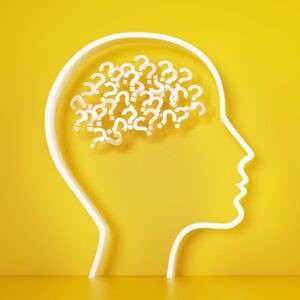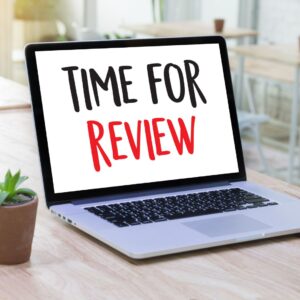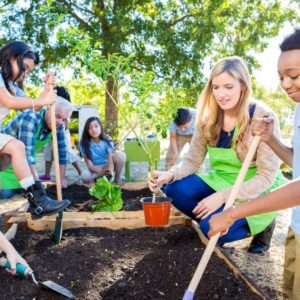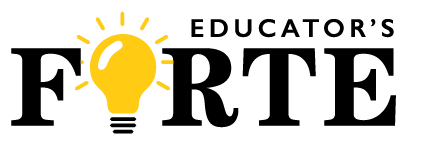Designing and implementing effective project-based learning (PBL) projects at the end of the school year benefits both students and teachers. For students, PBL fosters engagement, critical thinking, and real-world problem-solving skills, providing refreshing change from traditional instruction. For teachers, it offers a creative and collaborative way to reinforce learning, assess student understanding, and end the year on a high note. In this blog, we will delve into how to design and implement effective PBL projects, ensuring a meaningful and impactful conclusion to the school year.
Establish Clear Learning Objectives
Designing effective PBL projects begins with establishing clear learning objectives. Determine what skills and knowledge you want your students to gain from the project. Align these objectives with your curriculum standards to ensure that the project enhances the required learning outcomes. Clearly defined objectives will guide the project design, ensuring that every activity and assessment is purposeful and targeted toward student growth. For example, if the objective is to enhance critical thinking and collaboration, design tasks that require group problem-solving and decision-making.

Craft Engaging and Relevant Driving Questions
A strong driving question is at the heart of every successful PBL project. This question should be open-ended, thought-provoking, and relevant to students’ lives and interests. It should challenge students to investigate, explore, and create. For instance, a driving question like “How can we design a sustainable garden for our school?” encourages students to engage in research, apply scientific principles, and work collaboratively. Crafting an engaging driving question ensures that students remain motivated and invested in the project from the start.

Plan for Assessment and Reflection
Effective PBL projects include ongoing assessment and opportunities for reflection. Develop a variety of assessment methods to evaluate both the process and the final product. These can include self-assessments, peer reviews, and teacher evaluations. Regular check-ins and feedback sessions help students stay on track and make necessary adjustments. Incorporating reflection activities allows students to think critically about their learning experiences, understand their strengths and areas for improvement, and make connections to future learning opportunities.

Facilitate Collaboration and Real-World Connections
Collaboration and real-world connections are key components of PBL. Encourage students to work in teams, fostering a collaborative environment where they can share ideas, solve problems, and support each other. Incorporate opportunities for students to interact with experts, community members, or other classes. These real-world connections make the learning experience more authentic and meaningful. For instance, inviting a local scientist to discuss environmental issues can provide valuable insights and inspire students to take their projects to the next level.

Designing and implementing effective PBL projects at the end of the school year not only keeps students engaged but also reinforces essential skills and knowledge in a practical, enjoyable way. By establishing clear objectives, crafting engaging driving questions, planning for assessment and reflection, and facilitating collaboration and real-world connections, educators can create impactful learning experiences that benefit both students and teachers. Embrace the power of PBL to end the school year on a high note, fostering a love for learning that will carry into the future.
